Air quality alerts have popped up across Canada and the U.S. due to smoke from wildfires.

Most of southern and eastern Ontario, as well as southern Quebec, are currently under special air quality statements. Statements are also present in northern Alberta and parts of the Northwest Territories.

“High levels of air pollution have developed due to smoke from forest fires,” read a statement from Environment Canada regarding Ontario. “Smoke plumes from forest fires in northeastern Ontario and Quebec have resulted in deteriorated air quality. Poor air quality will persist into the weekend.”
Smoggy air could clearly be seen in Canadian cities, including Ottawa, Toronto and Montreal, as well as in New York City. Visibility could be low, while the smoke created an eerie hazy sun hanging over the scenes.
An “unhealthy” category of air quality was given to much of the U.S. northeast, including New York state, while a “moderate” category has been placed across the central east part of the country, according to the U.S. agency AirNow.
Ottawa is currently under a 10+ “very high risk” Air Quality Health Index (AQHI) value, according to Environment Canada, while Toronto and Montreal have a value of seven, or “high risk.”
According to the agency, an AQHI value of 10+ is usually due to very high levels of fine particulate matter, also known as PM2.5. The value is the highest risk category and can’t go any higher although air pollution and health risks may increase. Environment Canada says a 10+ value means “everyone’s health is at risk” and recommends taking precautions and following the advice of health officials.
Fine-particle pollution can irritate the lungs and the particles are the “right size” to get past our upper airway defences and into the lungs, according to Dr. David Hill, a pulmonologist in Waterbury, Conn.
“When those particles get down into the respiratory space, they cause the body to have an inflammatory reaction to them,” he told the Associated Press.
The poor air quality in Ontario and Quebec has prompted school boards to limit outdoor activity and hold recesses inside.
Air quality index levels were forecasted to peak at high risk in many other Ontario cities, from Windsor through to Toronto and north to Sudbury.
More than 200 forest fires are burning across northern Ontario and Quebec.
— with files from the Canadian Press and the Associated Press.


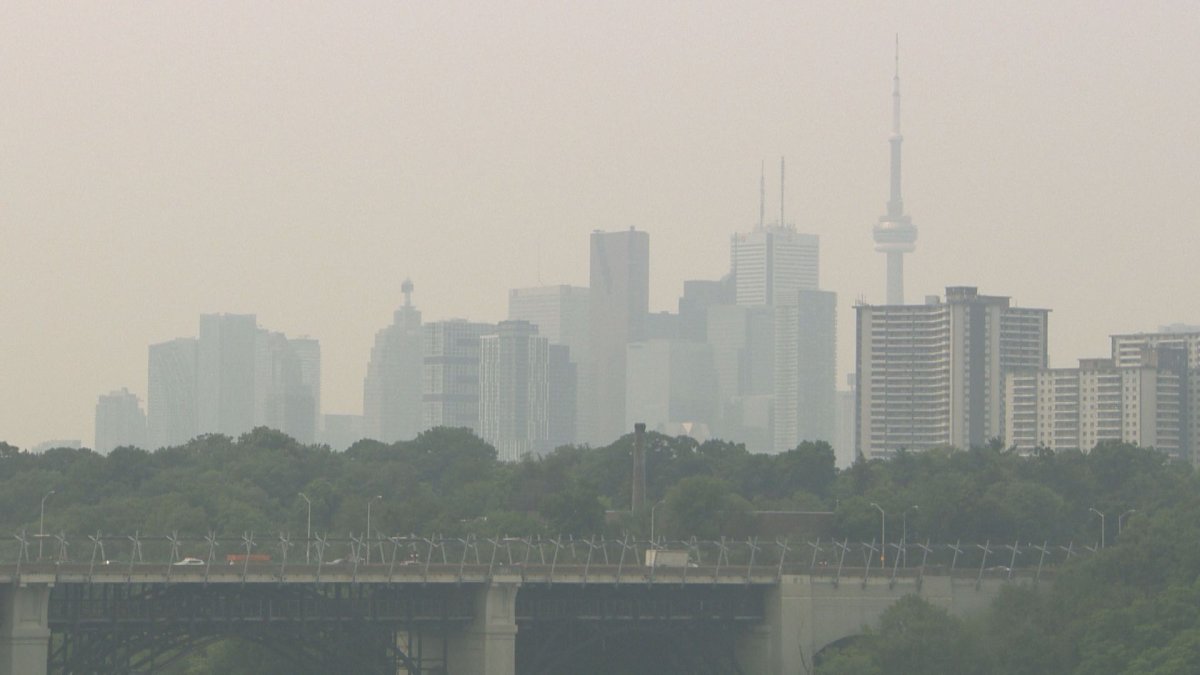

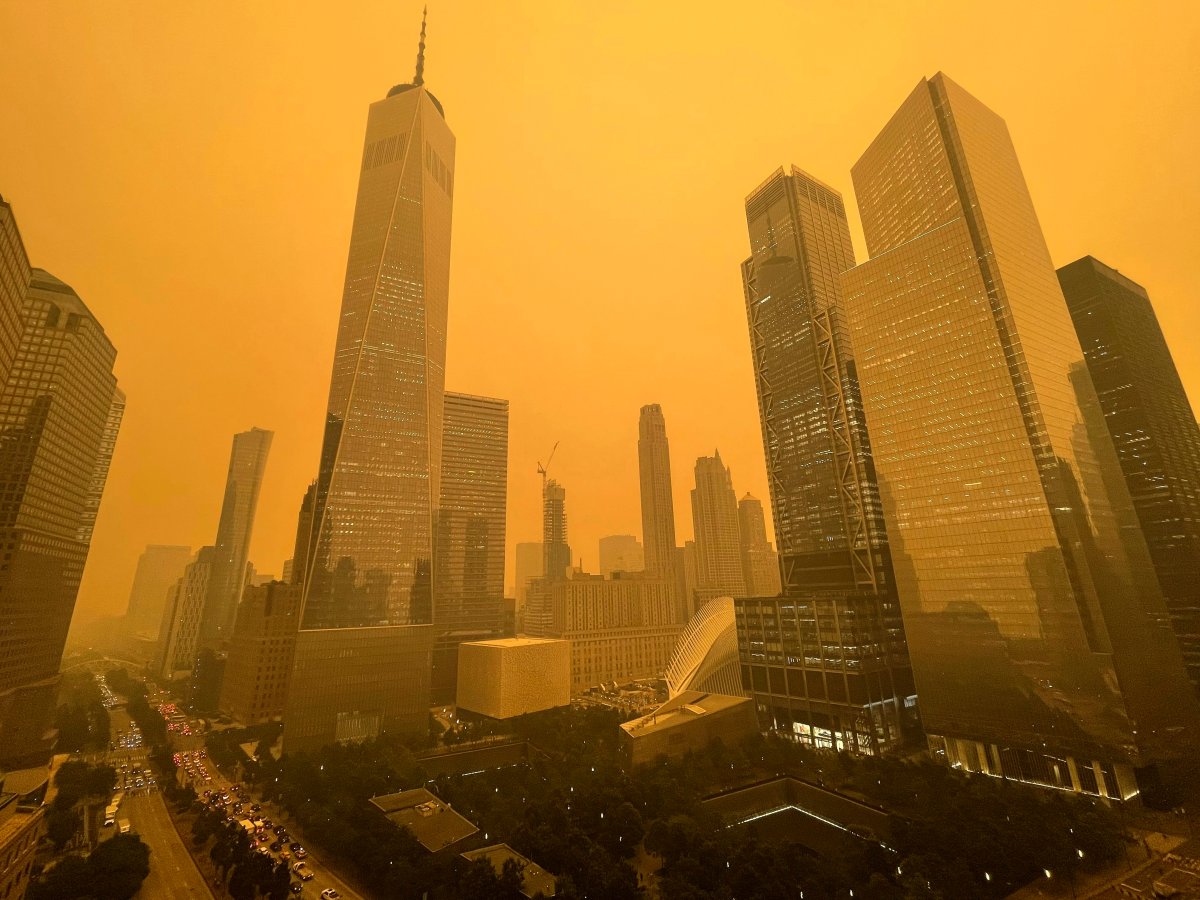

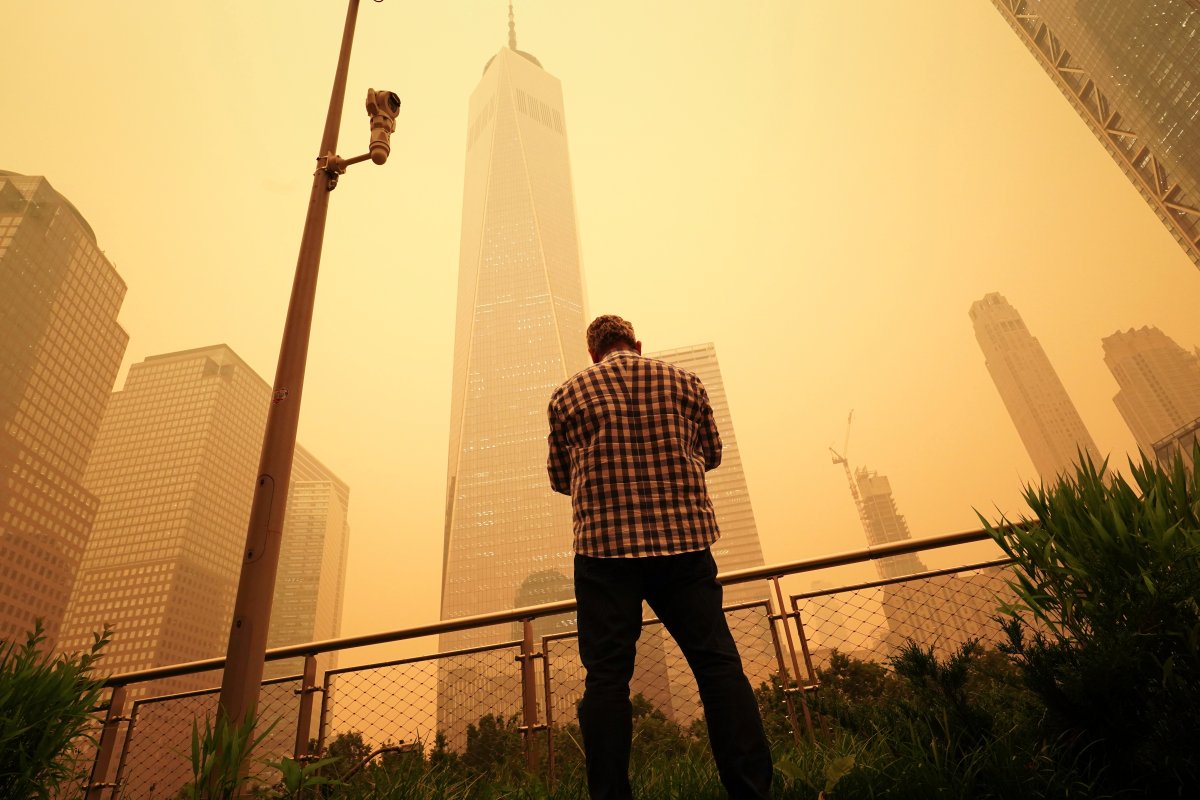



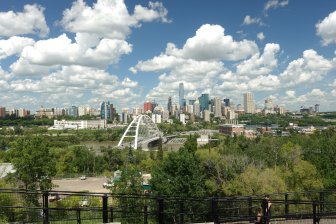


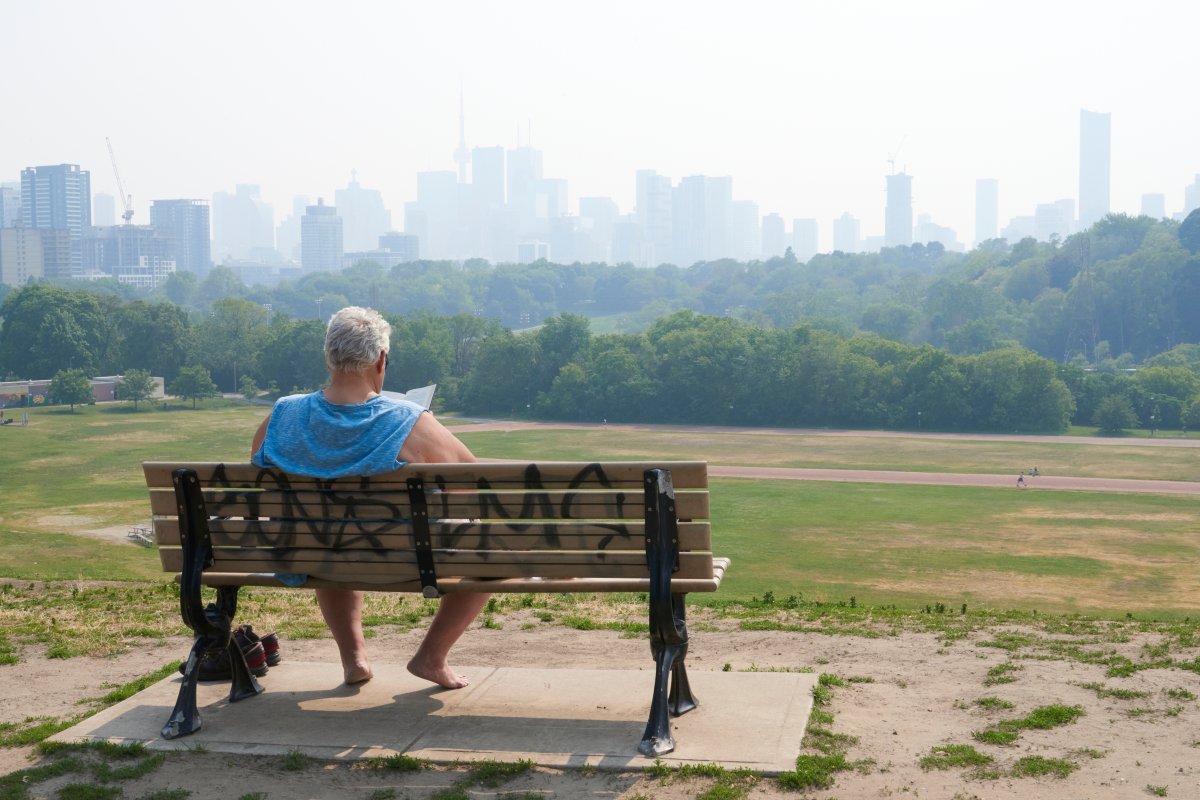
Comments